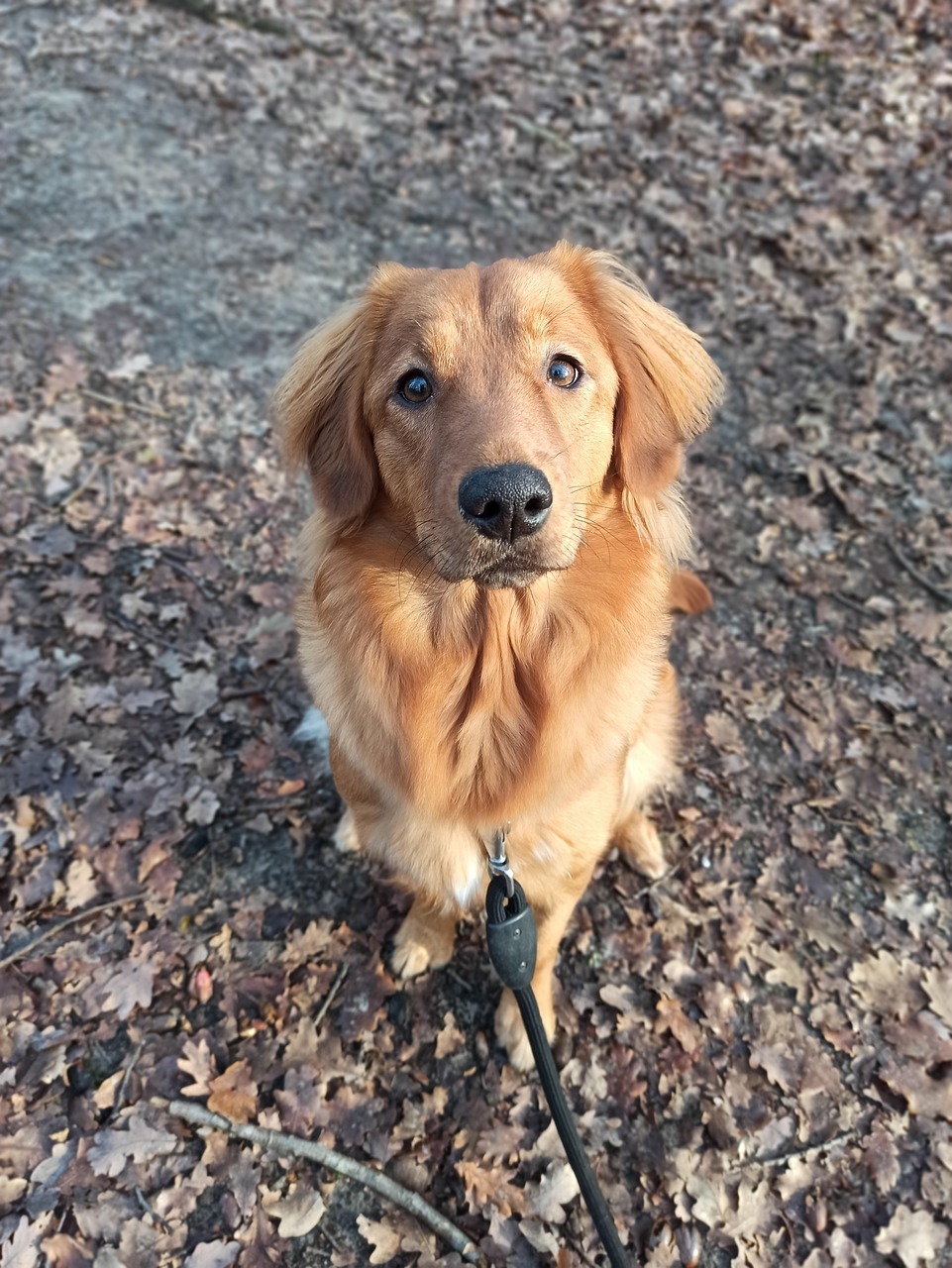
Storing the body of a dead pet can be simple and easily done before you hand them over to a taxidermist. Unfortunately, the death of a pet can be devastating, and some pet owners choose to preserve their dead pets forever. But you must know what to do to ensure that the body does not decompose.
A taxidermist will preserve the body of your pet by skinning it and using fillings to create a life-like impression. This impression can then stay with you at your home as an eternal reminder of your beloved pet.
It is a safer alternative for many pet owners that avoids some of the consequences of burying your pet alive. Instead of burying or cremating your pet, you instead pick an option where they continue living with you for as long as life endures.
The death of a pet can take its emotional toll on the owner. But as much as you are grieving, what you do after your pet dies is critical, and it is imperative to prepare for such an eventuality in advance.
How To Prepare Your Pet
Animals, like people, rot as soon as they die. The process can begin as quickly as a few hours as soon as they do. The main culprit is usually body fluids which start to leak as soon as the animal is dead.
High temperatures do not also help the process. For this reason, they make it easy for the decomposition to start. Body fluids and high temperatures are the two things you want to deal with best when your pet dies.
This article will teach you how to deal with the pet’s body before giving it up for taxidermy.
Protective Covering
For starters, you should wear protective gloves when handling the dead body. This way, you reduce the risk of contamination if the pet died from a contagious disease or any other health hazard that comes with handling a dead body.
It would help if you also cleaned out the place you found the body for the same hygienic reasons. If possible, handle the animal’s body away from sensitive areas like the kitchen and the bathroom to reduce the risk of contamination.
Drying off Body Fluids
It is then recommended that you dry off any fluids on your pet’s body. This procedure should be done cautiously to prevent any bodily contact with the fluids.
Dry off as much of those fluids as possible before considering any storage options.
Keeping their Body Cool
The third step is to place the pet’s body in a cold place or room in the house. The basement might be a good option, but only if it is not a hot basement. If the pet is small, you may place it in an airtight bag and fill it with ice.
The bigger pets might be covered by a blanket or something similar then have ice poured over them. There are instances where you may place the body in a freezer, but this should only be considered an option in extreme circumstances.
Freezing does not stop decomposition completely, but it slows it down significantly.
If you wish to perform a necropsy to determine the cause of death, freezing is not a viable option because it will interfere with the cells. It would be best if you only froze for a couple of hours at best.
Involve Your Veterinarian
The next step involves calling a qualified veterinarian. As professionals, they are better placed to give you information on the best action to take.
In addition, they will advise you on what needs to be done and will likely connect you to a qualified taxidermist in your area.
The veterinarian may also have additional storage options for your pet, including refrigeration. This advice would come in handy, especially when you do not have those resources at your disposal.
Call a Professional Taxidermist
Once you have done all this, you should finally get in touch with a professional taxidermist like Animal Family Pet Preservation. It is crucial to pick the best ones that you can find because it is a delicate procedure that requires a lot of expertise.
You can consider several options and then pick the one with the best track record and positive reviews. Then, they will send in professionals to come to pick your pet’s body and transfer it to their facility to begin the process.
You might consider contacting a general taxidermist for your dogs and cats, but also a bird taxidermist for your parrots and other birds.

Speak Your Mind